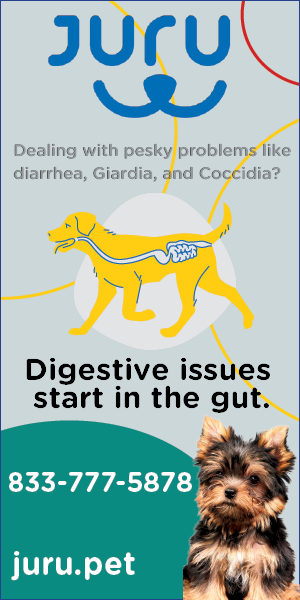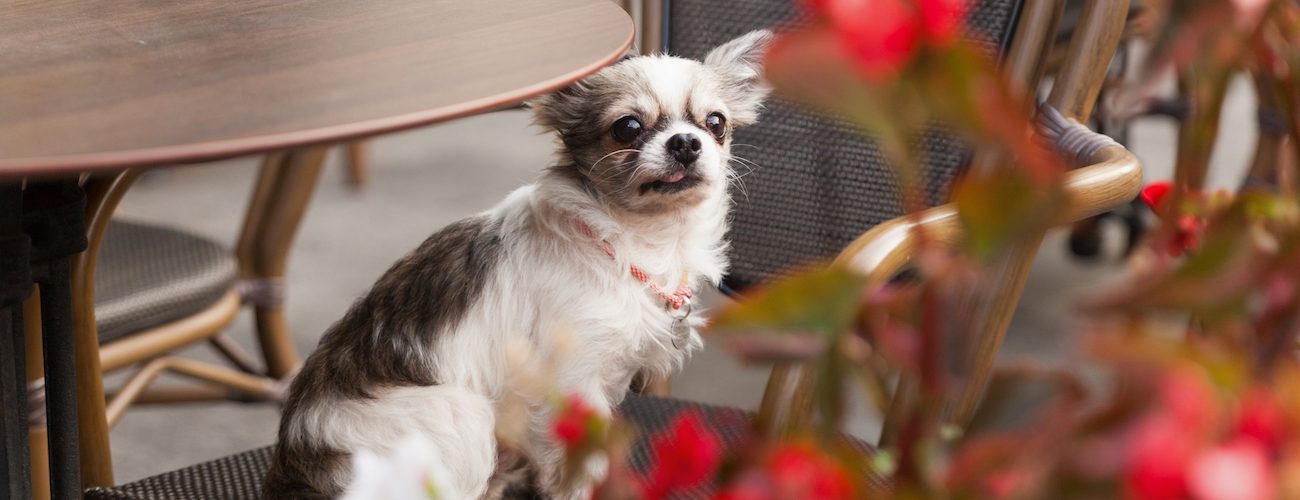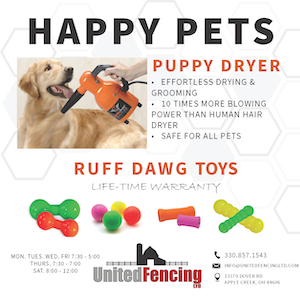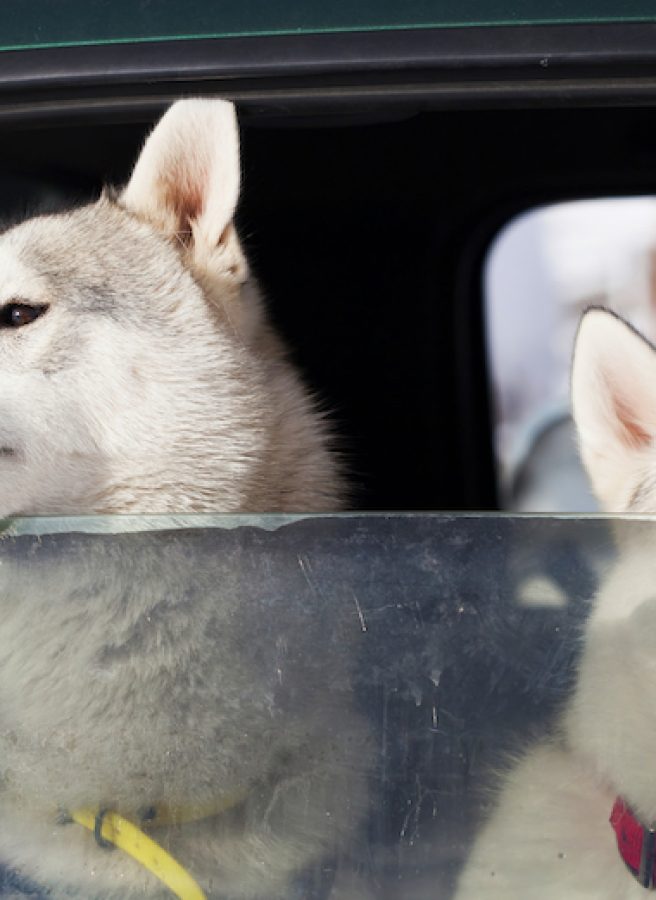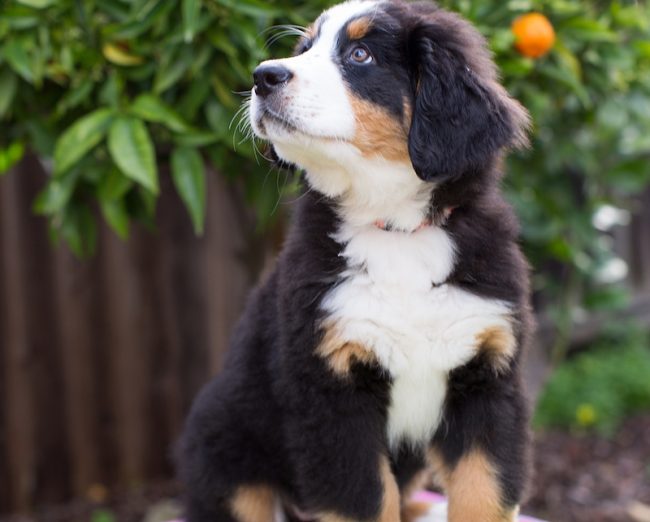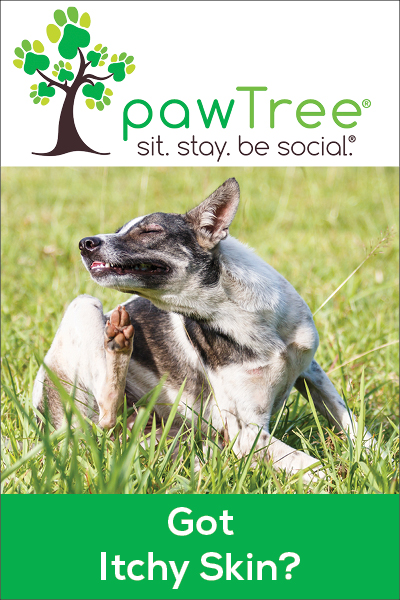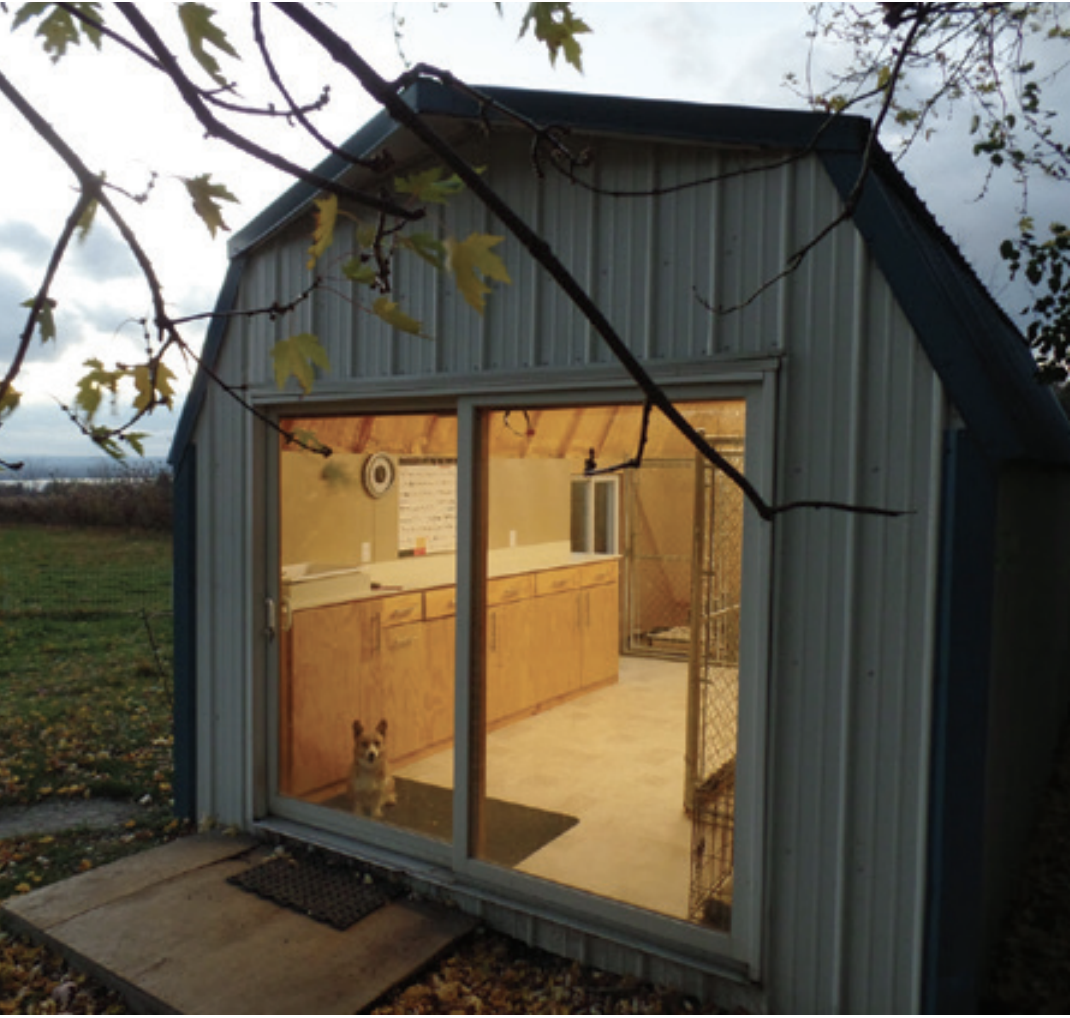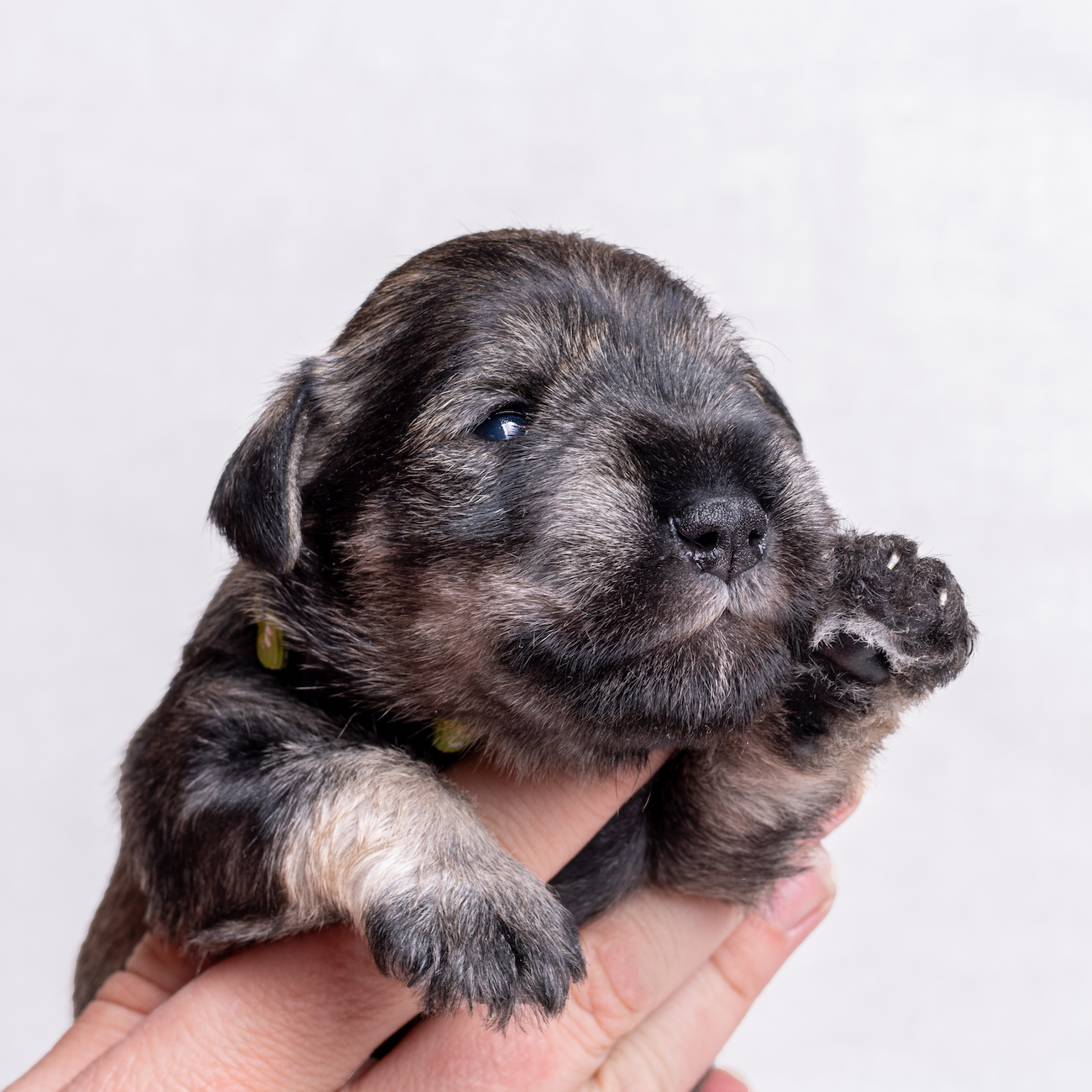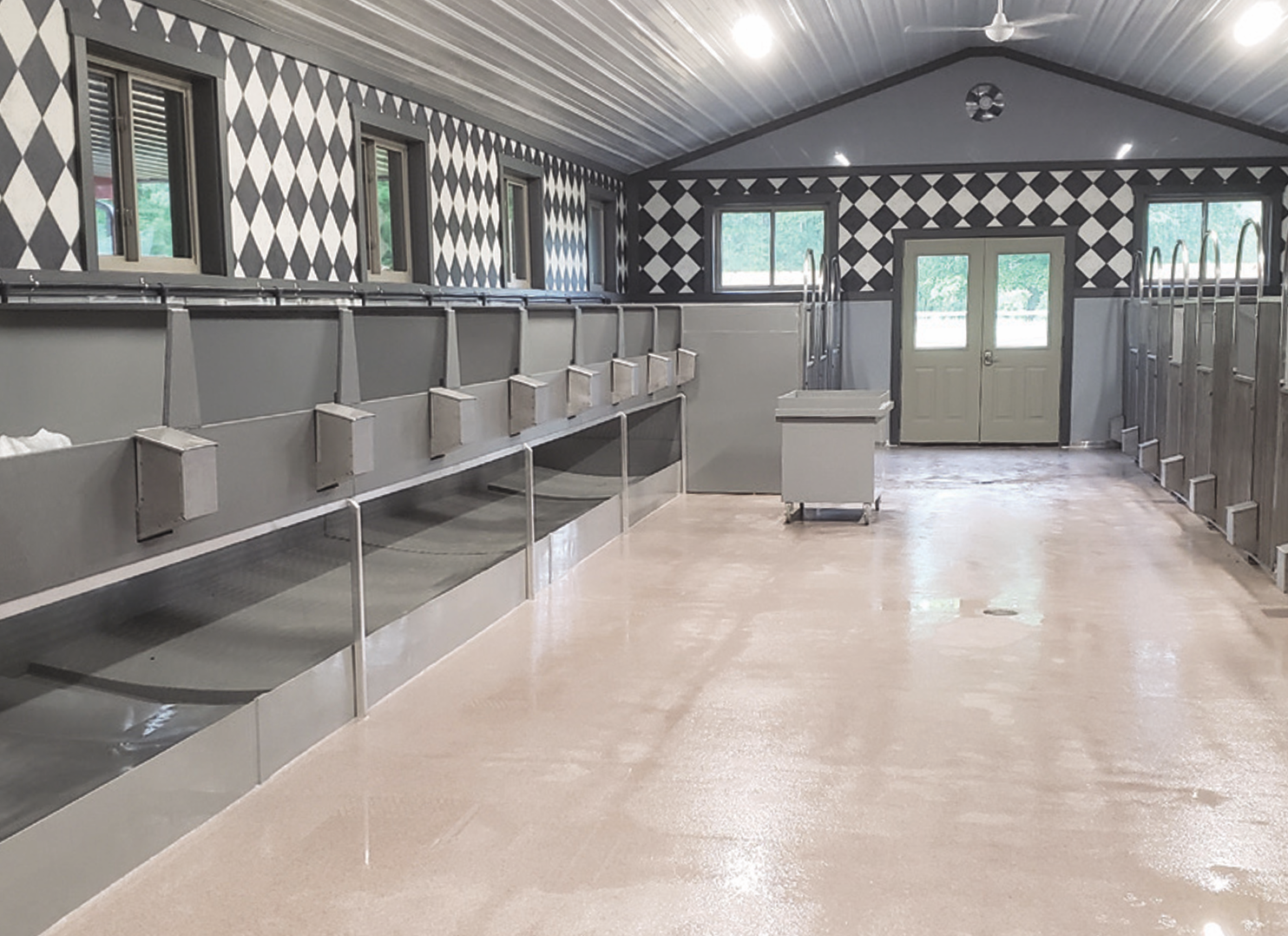
Interview: Mike Miller Vinyl Tech Kennels
Some of the benefits of permanent structures are more stability, as well as the fact that the building can be repurposed at any point, if a breeder decides to move or leave the industry. The thing is, almost all of the features and options that are available in permanent structures are now also available in portable buildings, so that’s nice.


